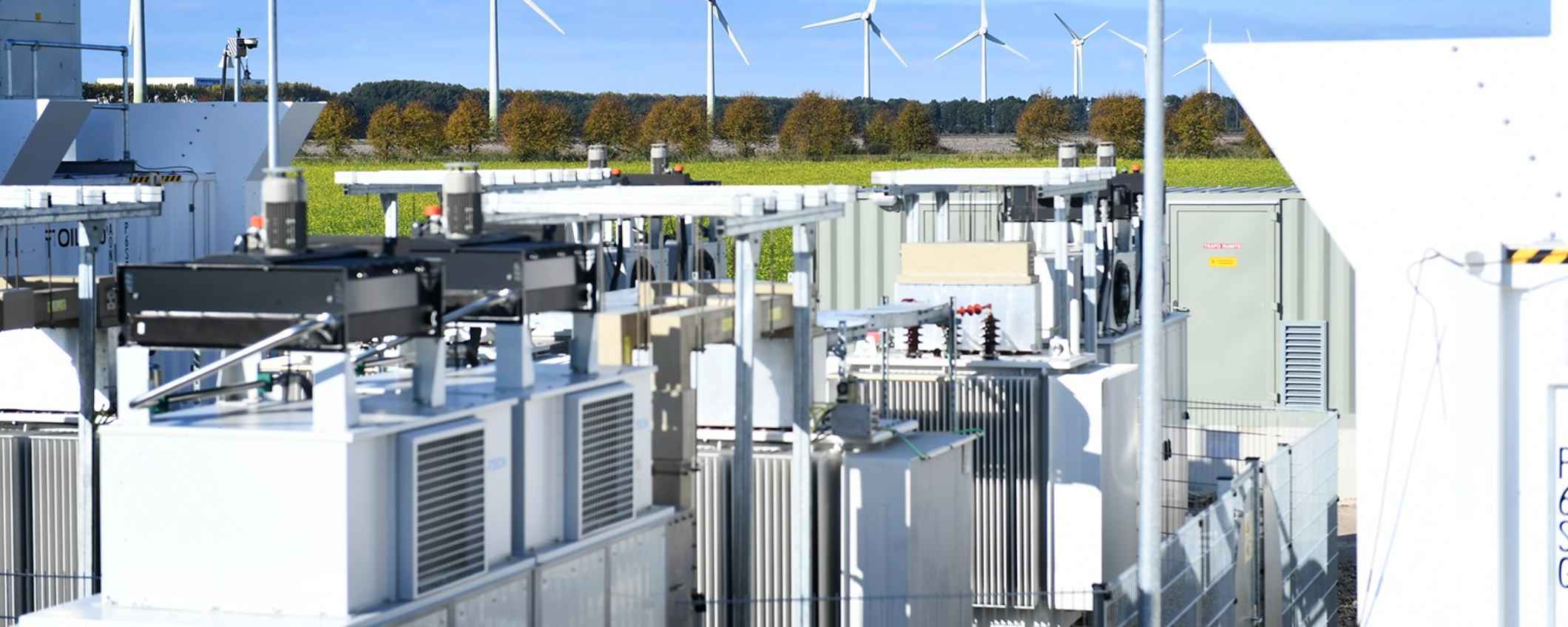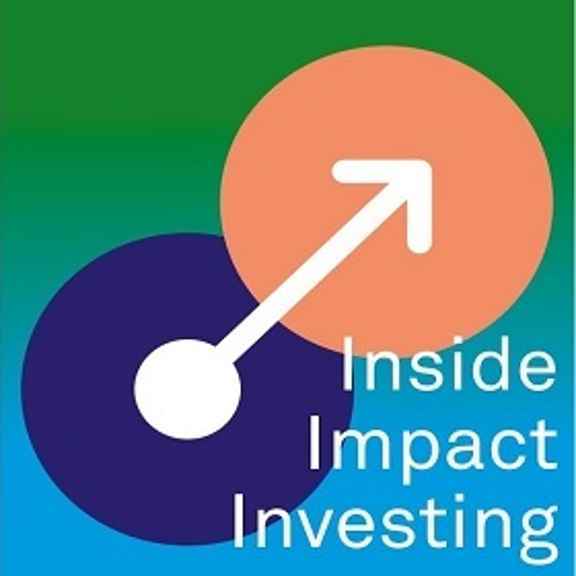Europe's energy transition is in full swing, driven by the push for decarbonisation, strategic autonomy, and economic sustainability. The existing electricity grid, however, can barely keep up with the accelerating renewable energy adoption. Long waiting times for grid connections, infrastructure limitations, and unpredictable fluctuations in energy supply raise an important question: Could the energy transition stall due to its own success?
The evolution of the energy system
The European energy market has evolved significantly over the past few decades. Until the late 1990s, energy was supplied by centralised power plants, operated by government-affiliated utilities. With its liberalisation, consumers gained the freedom to choose their electricity providers, fostering competition and innovation. However, as Ronald Huisman explains: "The liberalisation of the energy market was done with fossil fuels in mind. They offer predictable generation and flexible supply adjustments. The introduction of renewables, particularly wind and solar, introduced new complexities.” Unlike fossil fuel power plants, renewables generate electricity only when nature allows, leading to peaks and valleys in supply.
Grid congestion: A growing concern
The shift to renewable energy has led to an electricity grid that is "squeaking and creaking" under pressure. Traditional grids were designed to distribute electricity in a one-way flow, from power plants to consumers. Today, many consumers are also producers, feeding surplus electricity back into the grid from rooftop solar panels. Grid congestion has become a significant issue, causing delays in connecting new energy projects and even limiting the expansion of renewable energy. In some regions, solar and wind farms must wait years before they can connect to the grid, while housing and industrial projects are delayed due to a lack of available grid capacity. Kay van der Kooi highlights the challenge: "The electricity grid was never designed for this level of decentralised production. We now have an outdated infrastructure struggling to accommodate an entirely new way of generating and consuming energy."
The need for smarter infrastructure
Both experts agree that the current electricity grid could best be described as a "dumb grid" because it lacks the flexibility to handle fluctuating supply and demand efficiently. To make the energy transition truly sustainable, they emphasise the need for a smarter grid with real-time data management, improved storage solutions, and dynamic pricing models. But consumers also need to adapt. "We as consumers could also behave a lot smarter," Ronald Huisman notes. "We don’t think about when electricity is cheapest or most available; we just use it whenever we want. That has to change. And as producers we assume that we can always sell our surplus energy to the grid, but this isn't always the case.” The balance between supply and demand must be maintained at all times. Encouraging more responsive consumption habits - such as using electricity during peak production hours - could help ease the strain on the grid.
Investment and innovation
The challenges facing the energy transition also present significant investment opportunities. "If there’s scarcity, there’s also value”, as Kay van der Kooi puts it. “The volatility in energy prices creates strong business cases for storage, dynamic pricing, and smart grids. The market is responding, but we need to accelerate." By storing excess energy when supply is high and releasing it when demand peaks, batteries can help stabilise the grid. Investment in grid infrastructure is another key area. Smart grids, capable of better predicting and managing electricity flows, can enhance efficiency and prevent congestion.
Additionally, energy hubs - localised systems where multiple consumers and producers balance their supply and demand - offer promising solutions for grid optimisation. Despite these opportunities, financing challenges remain. Large institutional investors, such as pension funds, seek scalable and low-risk investments, while many emerging energy solutions are still in the early stages of development. Bridging this gap between available capital and innovative projects will be crucial for accelerating the energy transition.
Is the energy transition at risk?
The challenges to the energy transition are significant. But the consensus among experts is that, rather than being a victim of its own success, it is simply entering a new phase that requires adaptation. A notable positive trend is also that the energy transition is becoming increasingly self-sustaining. Market-driven developments, rather than government subsidies, are now shaping many investment decisions. The key to maintaining momentum lies in investing in storage solutions and smart grids, encouraging more flexible electricity consumption, and developing innovative financing models to bridge the gap between capital and new technologies.
The shift toward renewables is not just a necessity for climate goals; it is also a strategic and economic opportunity that will shape the future of energy in Europe and beyond. With the right economic, technological, and policy frameworks in place, Europe's energy transition will remain on track. "Markets are coming into place, and the technology exists to solve these problems," says Van der Kooi. "But we must ensure that capital flows in the right direction and that regulatory frameworks support these innovations."
Listen to the podcast with Ronald Huisman and Kay van der Kooi.


